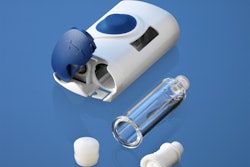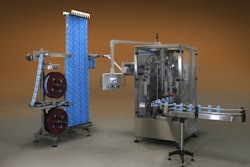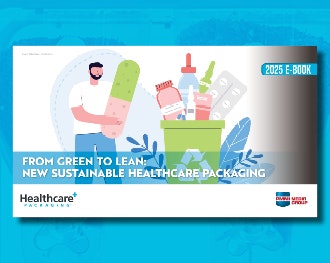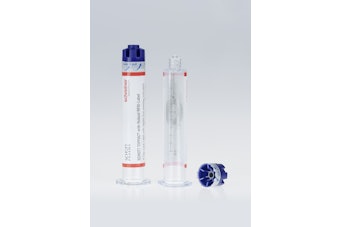This content was written and submitted by the supplier. It has only been modified to comply with this publication’s space and style.
The changes reflect the company’s “We create chemistry” strategy which outlines how BASF aims to strengthen its position as the world’s leading chemical company. The number of segments will be reduced from six to five and the number of divisions from 15 to 14. The changes will be effective as of January 1, 2013.
BASF supplies products and solutions to almost all industries. Its portfolio consists of classical chemicals, customized products, functionalized materials and solutions as well as oil and gas. Within this portfolio, different business models require different competencies to be successful. “The scope of skills and know-how that we combine under one roof is what sets us apart from our competitors. In the new organization, the bundling of product groups with the same business model will help management to better focus on the success factors necessary to be a market leader both in meeting customer’s needs and in operational excellence,” said Dr. Kurt Bock, Chairman of BASF’s Board of Executive Directors.
Details of the organizational changes as of January 1, 2013, are as follows:
A new division Performance Materials will be created in the current Functional Solutions segment which will be renamed Functional Materials & Solutions. Other divisions in this segment remain the Catalysts, Construction Chemicals and Coatings divisions. Key success factors for these businesses include a deep understanding of the customer industries and their value chains as well as multi-disciplinary know-how which enables constant innovation. The tailor-made products and services offered are supported by industry and application expertise.
The newly created Performance Materials division will bundle BASF’s innovative, downstream plastics from the current Performance Polymers and Polyurethanes divisions. The new division will focus on important customer industries such as automotive, construction, electrics and electronics. Product groups include polyurethane systems, engineering plastics, thermoplastic polyurethanes, Cellasto®, biopolymers, functional foams, Styropor®, Neopor®, Styrodur®, and epoxy systems. Raimar Jahn, currently head of the Polyurethanes divison, will become head of the Performance Materials division. Dr. Martin Brudermüller, Vice Chairman of the Board of Executive Directors, will be responsible for the division on the Board. The remaining activities of the current Plastics segment, which is being dissolved, will become part of the Chemicals segment.
The Chemicals segment will continue to focus on developing BASF’s production Verbund in a profitable manner. BASF’s unique Verbund system of highly integrated production offers substantial competitive advantages. Main success factors for this segment are operational and technology excellence, scale, integration and raw material conditions, reliable and low-cost logistics as well as the reduction of complexity. Board member Wayne T. Smith, will remain responsible for the Chemicals segment. The three divisions in the segment will be more strongly focused along chemical value chains to minimize interfaces.
The Intermediates division will focus primarily on the C1 value chain. Product groups include amines, butanediol and derivates (incl. PBT), polyalcohols, organic acids & specialities, methanol, formaldehyde, life science intermediates and Oase® gas treating solutions. Sanjeev Gandhi will continue to head the Intermediates division.
The newly created Monomers division will bundle the majority of product groups from the current Inorganics division with many of the large-volume monomers and basic polymers from the current Performance Polymers and Polyurethanes divisions. Products in the new division include MDI, TDI, caprolactam, adipic acid, HMD, Polyamide 6 and 6.6, ammonia, nitric acid, sulfur products, chlorine products, melamine, glues & resins and electronic materials. Head of the new Monomers division will be Stefano Pigozzi, currently head of the Inorganics divison.
The current Petrochemicals division will be expanded to include propylene oxide thus bundling all major derivatives of propylene together with other cracker products. Prof. Dr. Rainer Diercks will remain head of the Petrochemicals division.
The Performance Products, Agricultural Solutions and Oil & Gas segments remain unchanged.
For external financial reporting the new segment structure will be applicable as of the first-quarter interim report 2013 to be published on April 26, 2013. Restated numbers for 2012 will be available in March 2013.





















